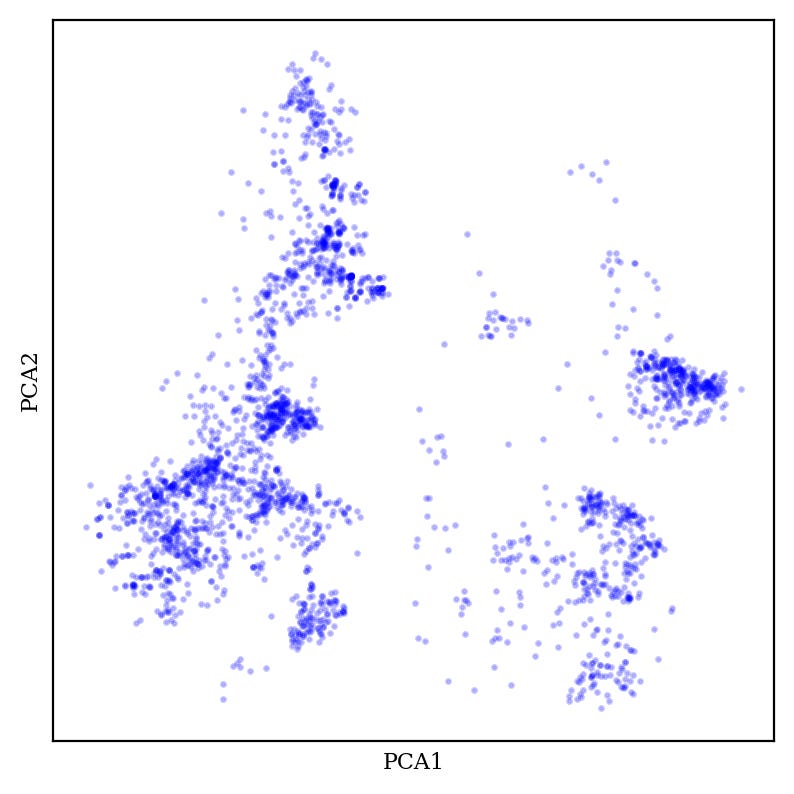Who was Richard Hamming, and why should you read his book? If you’ve taken computer science courses or messed around enough with scipy , you might recognize his name in a few different places—Hamming error-correction codes, the Hamming window function, the Hamming distance, the Hamming bound, etc. I had heard of some of these concepts, but didn’t know anything concrete about him before I started reading this book.
Corin Wagen
A few days ago, I wrote about kinetic isotope effects (KIEs), probably my favorite way to study the mechanism of organic reactions.

I’m writing my dissertation right now, and as a result I’m going back through a lot of old slides and references to fill in details that I left out for publication.
I frequently wonder what the error bars on my life choices are.

One of the most distinctive parts of science, relative to other fields, is the practice of communicating findings through peer-reviewed journal publications.

In many applications, including cheminformatics, it’s common to have datasets that have too many dimensions to analyze conveniently.
This Easter week, I’ve been thinking about why new ventures are so important.
While scientific companies frequently publish their research in academic journals, it seems broadly true that publication is not incentivized for companies the same way it is for academic groups.

If you are a scientist, odds are you should be reading the literature more.

It’s a truth well-established that interdisciplinary research is good, and we all should be doing more of it (e.g.
Recently, I’ve been working to assign the relative configuration of some tricky diastereomers, which has led me to do a bit of a deep dive into the world of computational NMR prediction.